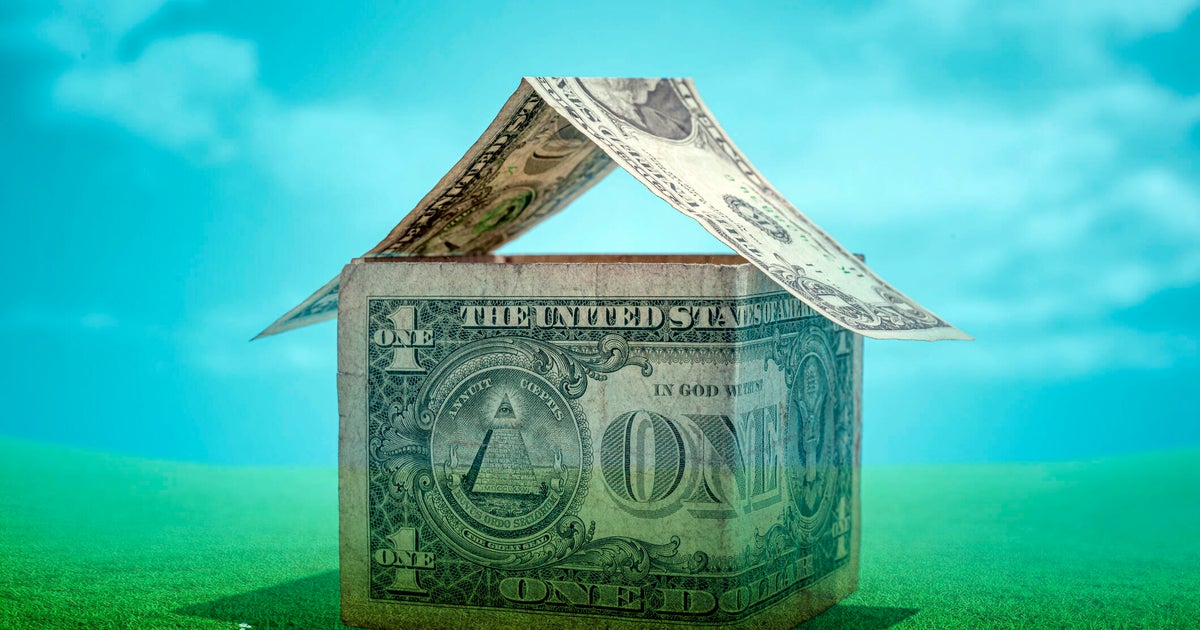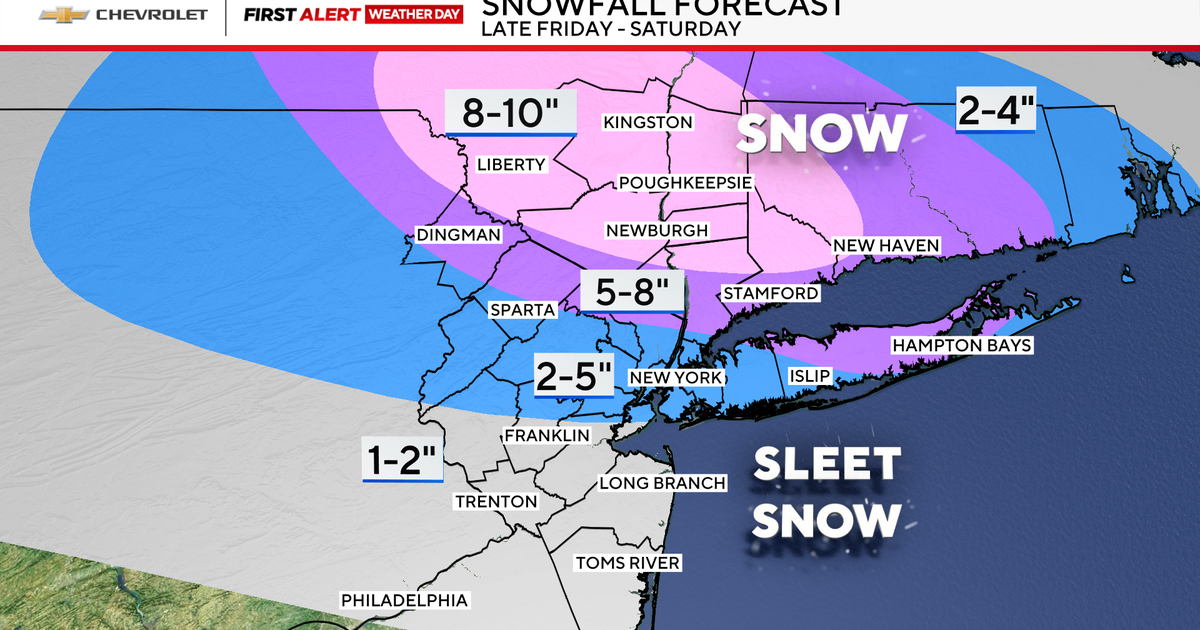How a mortgage pre-approval can help you
Getting pre-approved for a mortgage is a no-brainer when you're searching for a new home.
It helps you understand how much house you can afford and what costs you can expect. As a result, you won't waste time (and endure unnecessary heartbreak) by shopping in the wrong price range.
It will also help demonstrate to sellers that you're serious and committed to buying a home and not just looking.
Whether you're looking for a new home or want to refinance your existing mortgage, a pre-approval is an important part of the process. You can easily get started today.
How can getting pre-approved help you?
If you need a loan to purchase a home, getting pre-approved tells you the amount you can likely borrow to ensure you're shopping in the right price range. It also provides reassurance that you're a qualified buyer to both your real estate agent and sellers. However, don't settle for just one pre-approval. Be sure to compare at least three to help you get a competitive deal. Rates, fees, and loan amounts can vary greatly from one lender to the next.
How to get pre-approved for a mortgage
Here are the basics on how to get pre-approved for a mortgage.
Check your credit report
Your credit reports and scores will play a key role in the pre-approval process. The better they look, the better rates and terms you can get. So, before you apply, find out where you stand. Pull all three of your credit reports and ensure everything is correct. Additionally, look for ways to make last-minute improvements.
Choose a lender
Next, you need to pick a lender. But how do you choose? You can start by making a short list of three to five reputable lenders that suit your needs. Look for companies with competitive interest rates, low fees, positive reviews from past borrowers, and online applications. If you're looking to refinance you can explore your options with your current lender.
Fill out the pre-approval application
Once you have a shortlist of mortgage lenders, it's time to apply with each of them. Here's what you'll usually need to provide on the applications:
- Contact details: Your name, date of birth, phone number, address, social security number, etc.
- Residential history: Addresses you've lived at over the past two years, whether you rented or owned them, and how much you paid per month.
- Employment history: Two years' worth of employment history.
- Income sources: Any income sources, the frequency of your payments, and the amount you receive (e.g. employment, self-employment, social security, pension/retirement).
- Available funds: Accounts with funds such as checking and savings accounts, IRAs, 401(k)s, money market accounts, CDs, etc.
- Home buying details: Where you are in the buying process, the location where you plan to buy, how much you want to spend, the type of home you want (e.g. primary, secondary, or vacation), and more.
- Government declarations: The government requires you to answer a variety of questions such as if you are borrowing money to buy the home, if you've filed for bankruptcy in the last seven years and more.
After an application is complete, you'll typically be asked to verify that everything you provided is true. You'll also need to consent to a credit check and communications from the company. Then, depending on the information in your application, you may be pre-qualified.
Tip: You don't need to worry about multiple drops in your credit score while shopping around for a mortgage. According to Experian, after your first mortgage loan application, subsequent applications will be ignored for 30 days.
Not sure what rate you would qualify for? Compare lenders and rates today so you know what to expect.
Provide the required documentation
To move from pre-qualified to pre-approved, you'll need to provide documents that verify your income, employment, assets, and possibly your residence. For example, lenders may request several months of bank statements, pay stubs, two years of tax returns, and/or a copy of your residential lease.
Get your pre-approval letter
After a lender checks all of your documents, it will decide if you're pre-approved or not. If you are, you'll find out how much you can borrow. At that point, you'll get a pre-approval letter that you can show to your real estate agent and submit with an offer. However, pre-approvals don't last forever — they are only valid for a set period, often 90 days.
If you can't get pre-approved, what should you do?
If you can't get pre-approved, find out why. Is it a mark on your credit report, a gap in employment history, or a lack of available funds? By identifying the problem, you can work out a plan to get pre-approved as soon as possible. For example, if you only have a year and a half of employment history, you can plan to reapply after six more months.
Pre-qualification vs. pre-approval: What's the difference?
You will likely hear the terms pre-qualification and pre-approval when shopping around for a mortgage. What's the difference? You can get pre-qualified by simply sharing the details of your situation with a lender. Pre-approvals, on the other hand, are based on both claims and verified proof. Being so, pre-approvals carry more weight and are often requested by real estate agents and sellers.
Does a pre-approval letter guarantee a mortgage?
Pre-approval letters are not guaranteed per se. They are based on a variety of factors such as interest rates and credit scores which can change daily. As a result, your application will need to be processed again once you make an offer and it gets accepted. That said, pre-approval letters provide the most assurance you can get.






